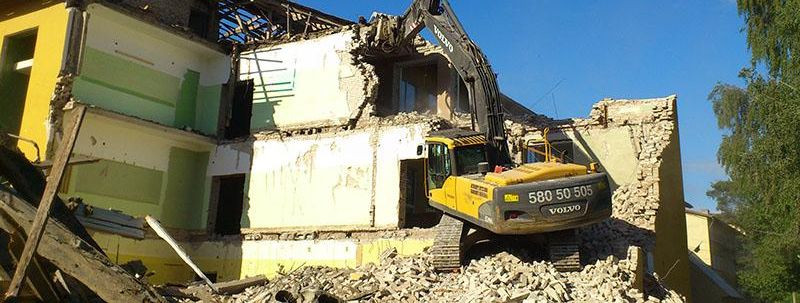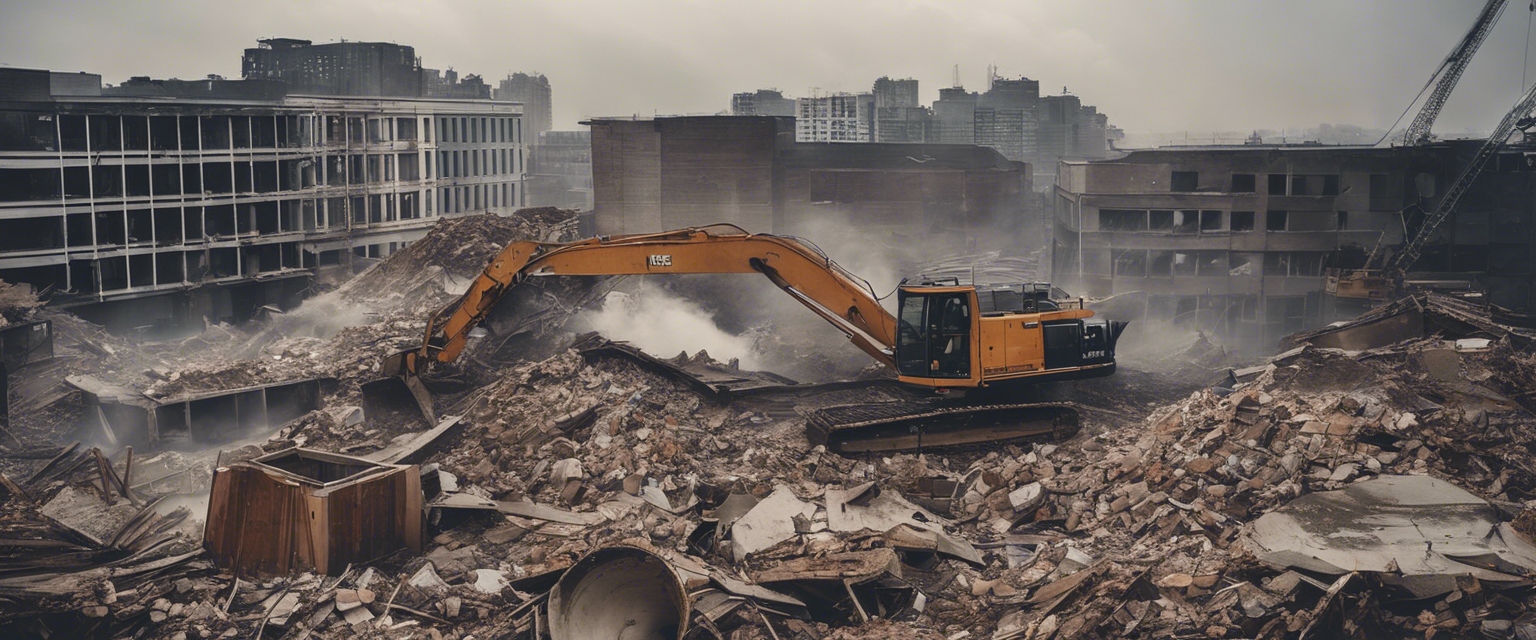Planning your demolition project: a beginner's guide
Demolition is the process of systematically dismantling a building or structure, either partially or completely, to clear a site for new construction or for safety reasons. It involves a range of activities from interior strip-outs to structural knockdowns, and each project presents its own set of challenges and requirements.
Proper planning is crucial for the success of any demolition project. It ensures that the project is completed safely, on time, and within budget, while also minimizing the impact on the environment and surrounding community.
Step-by-Step Guide to Planning Your Demolition Project
Begin by conducting a thorough site assessment to identify potential hazards, the presence of hazardous materials, and the structural integrity of the building. This will inform the demolition method and safety measures to be implemented.
Choose a demolition method that suits the project's scale, location, and the building's construction type. Common methods include implosion, wrecking ball, and selective demolition.
Before any work begins, ensure that all necessary permits and approvals are obtained from local authorities. This may include environmental permits, traffic management plans, and notifications to neighboring properties.
A detailed demolition plan outlines the project timeline, the sequence of demolition activities, and the allocation of resources. It should also include contingency plans for unexpected events.
Select a contractor with a proven track record, the necessary qualifications, and a commitment to safety and environmental standards. Verify their credentials and references before making a decision.
Identify environmental risks such as air quality, noise, and waste disposal. Implement safety measures to protect workers and the public, including proper signage, barriers, and personal protective equipment.
Coordinate with utility providers to disconnect services and ensure that no active lines are present during demolition. This prevents accidents and service disruptions.
Keep all stakeholders informed about the project's progress, including local authorities, neighbors, and the project team. Effective communication helps to mitigate concerns and streamline the process.
With all preparations in place, execute the demolition according to the plan. Monitor the process closely to ensure compliance with safety protocols and adjust the plan as necessary.
After demolition, focus on cleanup and site remediation. Remove debris, recycle materials when possible, and prepare the site for its next use, ensuring it meets all regulatory requirements.
Best Practices for a Successful Demolition Project
Safety is the top priority in demolition. Adhere to all safety regulations and best practices to prevent accidents and injuries.
Strive to minimize the environmental impact of demolition by recycling materials, controlling dust and emissions, and properly disposing of waste.
Maintain open lines of communication with all parties involved. This ensures that everyone is on the same page and can quickly address any issues that arise.
Comply with all local, state, and federal regulations, as well as industry standards, to avoid legal complications and ensure a smooth demolition process.






Comments (0)